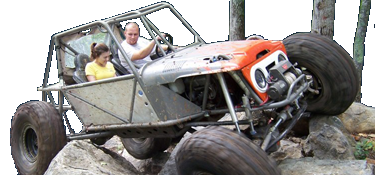Pennsylvaniaboy
Well-Known Member
- Joined
- Jan 21, 2009
- Location
- Chambersburg, PA
to this point, I know ford released a finned alum diff cover for the 10.5 sterling in like 2008? I know they currently dont put these on new truck to my knowledge. Just an interesting fact.

